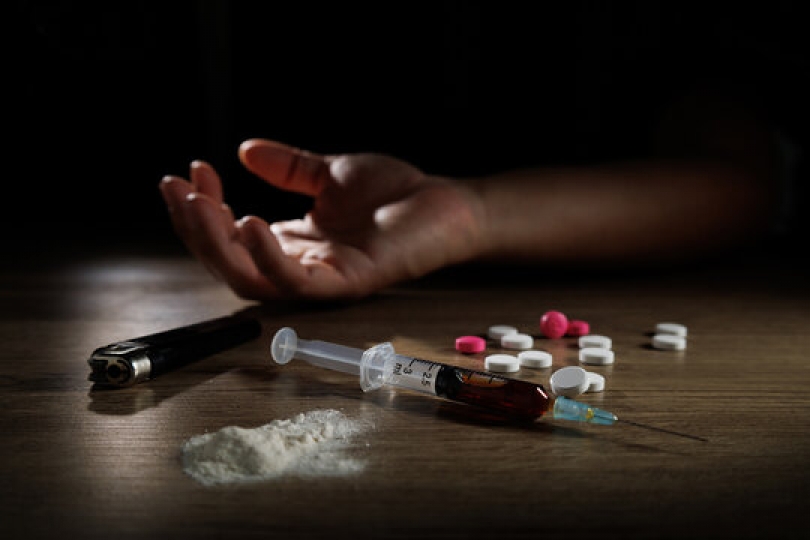Finding a trusted drug rehabilitation center in Malad, Mumbai, requires careful research and consideration to ensure that the facility offers quality care and a safe environment for recovery. Here are some steps you can take to find a reliable drug rehab center:
1. Research and Recommendations
- Online Search: Use search engines to find rehab centers in Malad. Look for those that provide clear information about their services, staff qualifications, and treatment approaches.
- Referrals: Ask for recommendations from trusted sources such as doctors, mental health professionals, or people who have gone through rehab themselves.
- Social Media and Forums: Check reviews and testimonials from people who have used the service. Websites like Google Reviews or Facebook may provide insights into the quality of treatment.
2. Verify Accreditation and Licenses
- Look for centers accredited by national or international health organizations, such as the National Accreditation Board for Hospitals & Healthcare Providers (NABH) in India.
- Check if the rehab center has proper licenses from government health authorities.
3. Consult the Facility’s Credentials
- Experienced Professionals: Ensure that the center has a qualified team of doctors, therapists, counselors, and support staff, ideally with experience in addiction treatment.
- Types of Therapy: Ensure that they offer evidence-based therapies such as Cognitive Behavioral Therapy (CBT), Motivational Interviewing (MI), and Group Therapy.
- Comprehensive Treatment Plan: A trusted facility should provide a personalized treatment plan based on individual assessments.
4. Assess the Treatment Approach
- Check if the rehab center offers both inpatient and outpatient programs and provides a comprehensive approach to treatment (medical, psychological, and social support).
- Make sure the rehab focuses on detoxification, rehabilitation, aftercare, and relapse prevention.
5. Visit the Facility
- Schedule a visit to the center, if possible, to evaluate its environment. Check for cleanliness, safety, and how well the staff interacts with patients.
- Ensure that the center provides a comfortable and secure environment for recovery.
6. Transparency in Cost and Services
- Get a detailed breakdown of the treatment costs and services. A transparent facility should clearly outline all charges and financial assistance options (such as insurance acceptance or payment plans).
- Beware of centers that are vague or unwilling to discuss pricing openly.
7. Look for Positive Outcomes
- Trusted centers will have measurable success rates or testimonials that reflect their ability to help clients achieve long-term recovery.
- Ask about their aftercare programs and how they support patients after the initial treatment phase.
8. Check for Additional Support Programs
- Look for rehabilitation centers that provide holistic treatment options, such as family counseling, life skills training, or wellness activities (like yoga or meditation) to support long-term recovery.
9. Check for Support and Follow-Up
- A trusted rehab center should offer continuous support and follow-up after treatment, helping patients reintegrate into society and providing guidance in preventing relapse.
10. Government and Non-profit Organizations
- If you’re looking for more affordable options, consider non-profit and government-run rehabilitation centers that provide high-quality treatment at a lower cost.
https://truehumaniversityfoundation.com/
